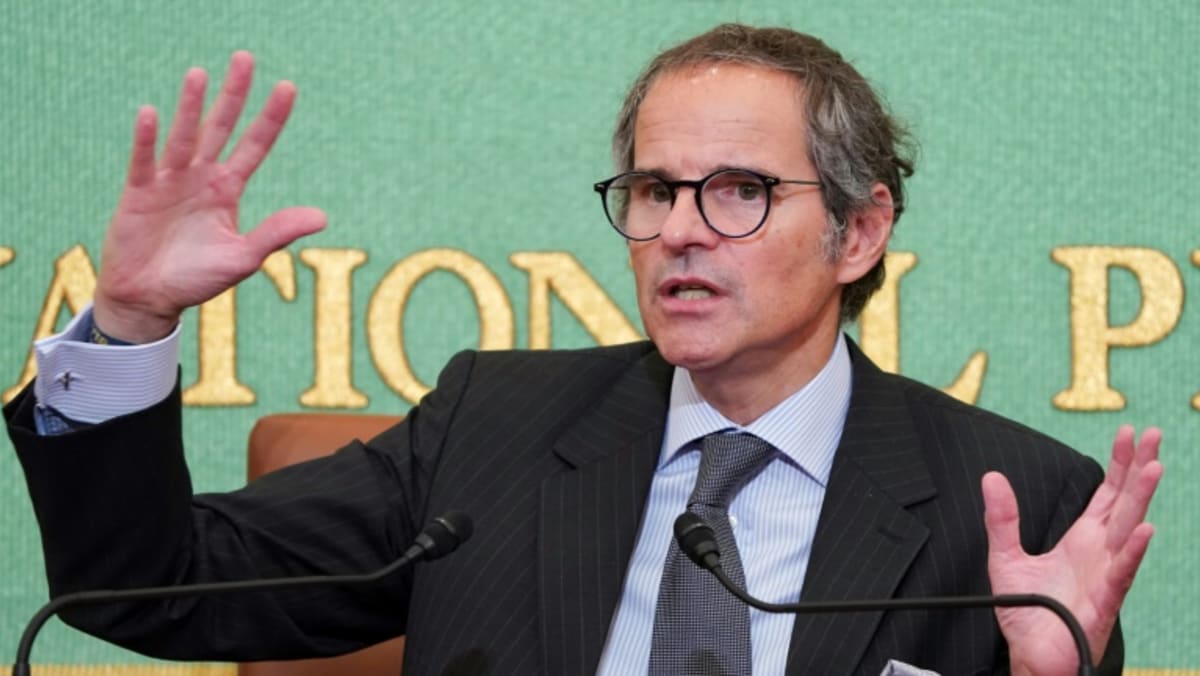
By then, the radiation level “is projected … to be scientifically irrelevant”, he added.
The discharged water is treated to remove almost all radioactive elements apart from tritium, which is commonly found in nuclear plant wastewater pumped into the sea.
The water will be diluted with seawater before release, and then further diluted as it circulates in the ocean.
Still, public concern about the plan in South Korea remains high.
There have been protests and even panic-buying of salt based on fears that the Fukushima water will pollute the ocean and its salt.
Some opposition lawmakers have even gone on hunger strike in protest.
“Japan wants to release the wastewater into the sea because it’s the easiest and cheapest way to do so,” Woo Won-shik, an MP who has been on hunger strike since Jun 26, told AFP.
But at Seoul’s sprawling Noryangjin Fish Market, many vendors said the opposition was bad for business.
The media coverage “is not helping us at all because it keeps people from coming”, one 80-year-old vendor, who only wished to be identified by her surname Moon, told AFP.
IAEA head Rafael Grossi, who has been in Tokyo and Fukushima this week, travels to Seoul later Friday.
“My responsibility as head of the IAEA is to show up, to have a direct conversation with all those involved and to try to answer in the best, most honest possible way, the questions that may arise,” he said.

